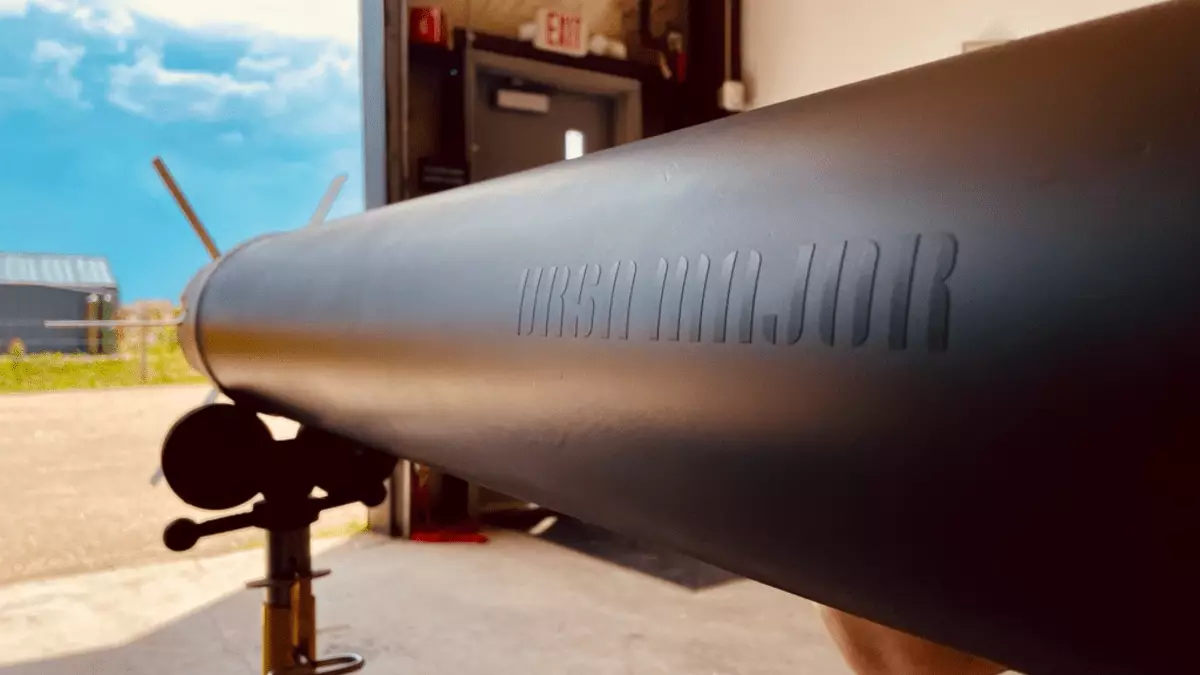Ursa Major, a pioneering startup in the aerospace sector, has captured attention with its recent announcement of a $12.5 million contract awarded by the Department of Defense’s Office of Strategic Capital (OSC) and the U.S. Navy. This funding marks a significant milestone for both Ursa Major and the OSC, which has struggled to gain traction since its inception in 2022. The funding is aimed at the development of new solid fuel rocket engines, a crucial component in the ever-evolving landscape of military technology. By matching the funding, Ursa Major effectively doubles the investment to a total of $25 million, bolstering its resources to innovate in rocket motor production.
The OSC’s first publicly announced funding indicates a shift in the government’s approach to defense contracting, underlining an eagerness to diversify capabilities away from the few existing defense contractors who dominate the solid rocket motor market. This strategic initiative emerges against the backdrop of ongoing geopolitical tensions, particularly as the conflict in Ukraine has strained the U.S. supply chain for these critical components. As Bill Murray, Ursa Major’s Chief Product Officer, expressed, current manufacturing methods are outdated and insufficient to meet demand.
3D Printing: The Game Changer in Rocket Manufacturing
Ursa Major’s approach to manufacturing leverages the revolutionary technology of 3D printing, or additive manufacturing, which presents a stark contrast to traditional manufacturing methods. Whereas traditional processes often require extensive time—taking upwards of a year—3D printing allows Ursa Major to forge rocket motor components in less than a month. This rapid production cycle not only enhances efficiency but also facilitates agile development and customization of complex designs.
The ability to produce intricate parts as singular entities, rather than assembling numerous components through welding, reflects a broader shift towards streamlined production methods. Murray highlighted that existing production techniques are not only time-consuming but also bogged down by inefficiencies. The adoption of cutting-edge manufacturing practices is key to alleviating the bottlenecks that currently plague defense production, enabling a quicker turnaround and enhanced operational capacity for the military.
Looking Ahead: The Future of Rocket Technology
Since its establishment in 2015, Ursa Major has positioned itself as an ambitious player in the aerospace field, having previously secured contracts with agencies such as the U.S. Air Force Research Laboratory for hypersonic launch engine development. The recent investment reinforces the military’s commitment to fostering innovative technologies capable of meeting 21st-century defense challenges.
As the landscape of defense technology continues to evolve, the partnership between Ursa Major and government institutions illustrates a critical pivot towards embracing new paradigms of production and innovation. With the influx of funding and support from the Department of Defense, the potential for Ursa Major to redefine the standards of rocket propulsion technology is substantial. This not only underscores the importance of modernizing defense capabilities but also reflects a broader commitment to resilience and responsiveness in a volatile global landscape.
In essence, Ursa Major’s innovative approach, underscored by substantial backing, embodies the future trajectory of defense technology—where adaptability and efficiency are paramount.

